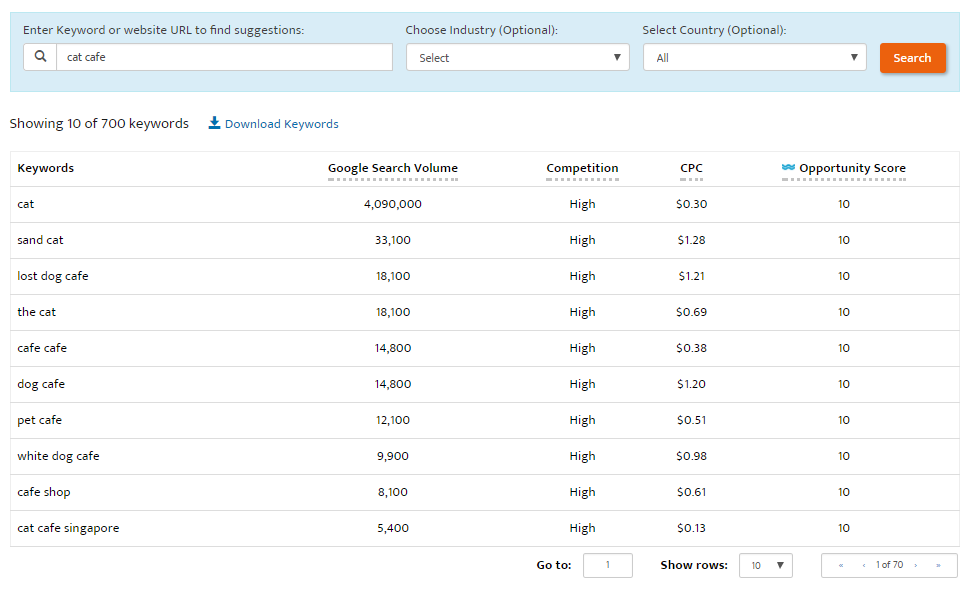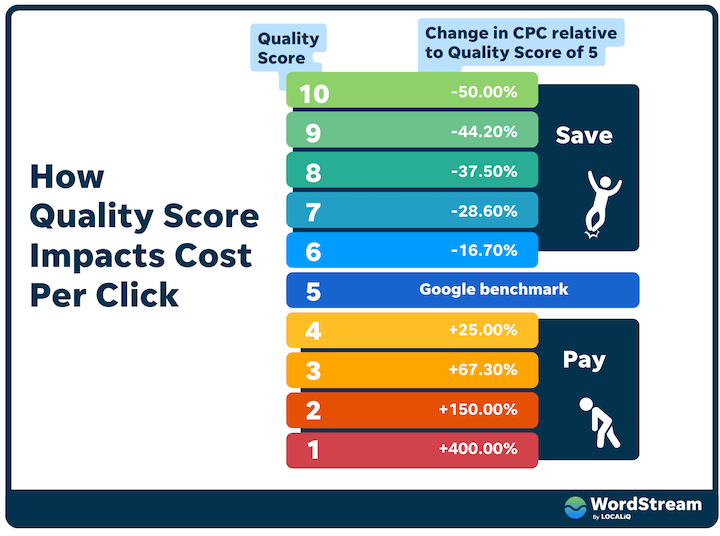Google Ads Keywords: What You Need to Know
Your Google Ads keywords are the foundation of your Google PPC campaigns. All the optimization in the world won’t get you anywhere if you don’t start with the right keywords.
You can greatly improve your PPC marketing results with a two-pronged approach to Google ads keywords:
- Better keyword research
- Better keyword grouping and organization
Chances are, even if your keyword research is solid and you have a system in place for keyword organization, you could be doing better on both fronts.
In this article, you’ll learn how to find the right keywords for your Google advertising campaigns, and how to organize and optimize your keywords to get better results, at lower costs.
Starting with the Right Google Keyword Tools
If you’re building out a new Google ads campaign, or just trying to improve the one you’ve got, it’s a good idea to use a keyword tool to generate a list of keywords to bid on. These keywords will form the basis of your ad groups, and ensure that you’ll pulling in relevant, high-intent traffic to your site.
WordStream’s Free Keyword Tool is a great place to start, because it was built specifically with Google Ads users in mind. You can even connect your Google Ads account (for free!) to get personalized metrics related to cost and competition, based on your actual account data.
Just enter a keyword or URL to get started, and you’ll get plenty of high-volume keywords as well as long-tail keywords to use in your advertising campaigns.

Some key features of our keyword tool include:
- A proprietary Opportunity Score that surfaces high-volume, low-competition keywords to prioritize in your Google ads account
- The ability to filter your results by industry and country to get more accurate keywords
The Importance of Google Ads Keyword Organization
Having a sizable list of keywords at your disposal is important for long-term PPC success and growth, but it’s crucial that you have a process in place for organizing all those keywords. Let’s say you have 100,000 keywords—you can’t possibly craft a unique ad and landing page for each and every one of them. At the same time, you can’t write one ad or 10 ads or even 100 ads that will speak to all those keywords.
The most efficient way to approach your keywords is to segment them into small, manageable groups so you can write strong, targeted ads for a number of keywords at once. This keyword grouping strategy ensures that your account structure is well-organized and primed for high Quality Scores.
Your results will be even better if you further segment those groups into subgroups, with individual text ads for each targeted query. These ads will be more likely to speak specifically to each searcher’s query, raising your click-through rate (CTR) and increasing the chances those visitors will convert. The best part? High CTR is the single largest factor in your Quality Score, and higher Quality Scores save you a ton of money in the long run.

Stronger keywords and ad groups will increase relevance across your campaigns, leading to higher Quality Scores, which means Google rewards you with better ad positioning for lower costs.
So I’ve Got Keywords Down—Now What?
Looking to learn more about how to use Google Ads? Get graded: Use the free Google Ads Performance Grader to see how your campaign measures up.
WordStream’s Google Ads Performance Grader is an award-winning tool that helps you evaluate how your ad campaigns are performing, comparing your account to similar advertisers in terms of:
- Long-tail keyword optimization
- Click-through rate
- Effective use of negative keywords
- Quality Score
- And more best practices
This sophisticated tool allows you to compare your account performance with competitors in similar spend brackets, giving you a sense as to where you fit into the competitive landscape. Plus, your report offers actionable tips to improve your results.
